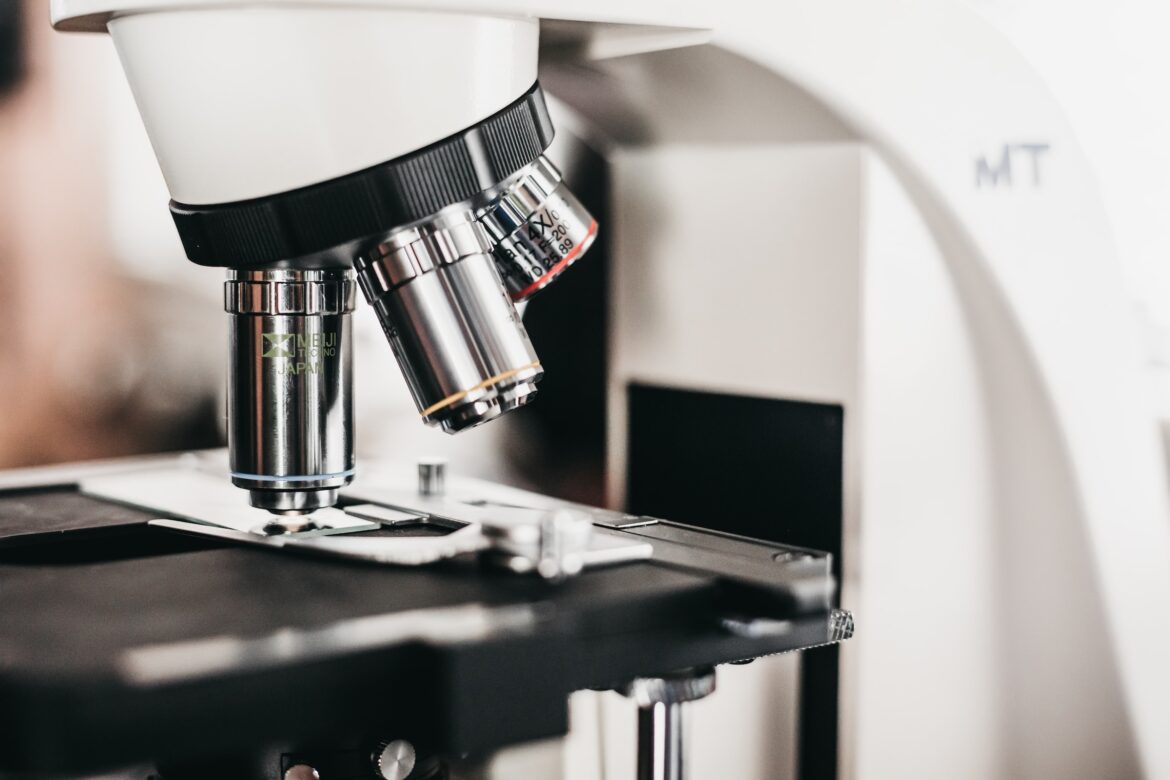The amount of light that reaches the sample has a significant impact on the brightness and contrast of fluorescence microscopy images, and thus data quality. As a result, the ‘intensity’ or ‘power’ of microscope LED light sources is frequently compared. This has been a hot topic since the introduction of LED illumination systems for fluorescence microscopy, as LEDs have been catching up (and, in some areas of the spectrum, surpassing) conventional light sources.
LEDs’ increasing efficiency leads to increased irradiance, and LEDs now typically exhibit above 30% efficiency, whereas traditional lamps are typically below 10%. As efficiency improves, heat output decreases, which has an added benefit because lowering operating temperature is known to increase LED lifetime. Increasing irradiance and extending lifetime through thermal management is such an important factor when designing microscope LED light sources that CoolLED’s work focuses on a variety of innovations in this area, such as reducing LED temperatures via unique heatsink designs that conduct heat away from the LED much more efficiently.
The quality of the image seen through your microscope is determined by the illumination emitted from the microscope light bulb.
In the very early days, a candle and a mirror were used, or if you could afford it, an incandescent light source was beamed onto the mirror.
Read Also: How to Sell Art On Amazon Merch and Handmade by Amazon?
Halogen:
When light intensity became adjustable in both light sources, a problem arose. A lamp that is not operating at its (normal) maximum power output will emit a much “warmer” tint, displaying more orange or yellow hues. The light colour is unequal to the previous setting in every other setting.
Our eyes can handle it within a certain range, but if you have a camera attached to your microscope, it should be calibrated with a white balance after each change in light intensity.
New LED:
When the microscope manufacturer (or TDKK substitute LED lamp) selects a nice white tone, it will be consistent across all intensity settings and the entire life cycle of the LED.
LEDs have “their own” white tone scale, known as degrees Kelvin. (K) A 6500 K LED has a blueish tint, whereas a 5000 K LED is pure white. A 4000 K model produces an extremely pleasing microscope image colour.
LEDs with a colour temperature of 2700K emit a reddish glow that is suitable for interior lighting.
Benefits of LED:
- Durability (25,000 to 50,000 hours, depending on the model)
- A colour temperature that is natural
- Power consumption is minimal (compared to halogen lamps)
- The illuminator can be very small in size
- Normally used without a fan (no noise)
- Even when dimmed, the colour temperature remains constant
- “Ice cold light”
Osram has a great catalogue of LED lights for microscope illumination.



